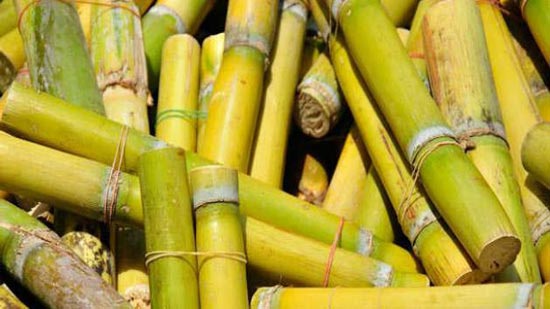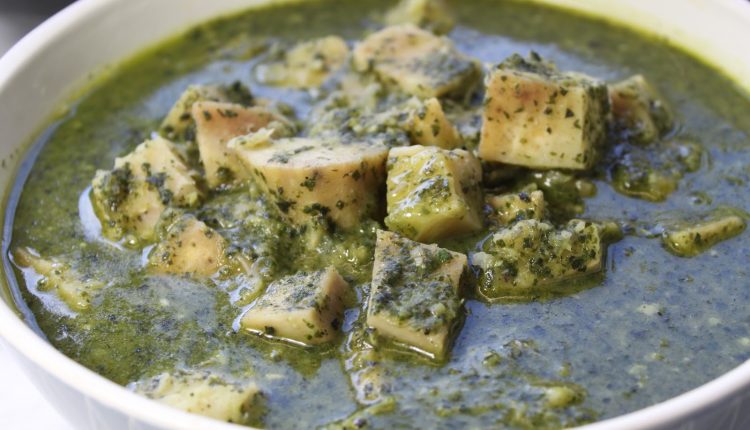On the 19th of January, or very rarely the 20th, Coptic Orthodox Christians, along with other Christian minorities in Egypt, celebrate the Feast of the Epiphany. Epiphany is celebrated 12 days after Christmas, and it commemorates the baptism of Jesus Christ. Baptism is considered an admission into Christianity.
Years ago, Copts used to celebrate the Feast of the Epiphany by the Nile River, to commemorate the occurrence of the holy baptism at the River Jordan. This ritual was discontinued by Al-Hakim bi-Amr Allah. However, there are traditions that Copts have kept from ancient times, until today.
Taro
The Taro plant is toxic if uncooked. Once it’s washed and cooked, it becomes healthy for eating. Copts have traditionally cooked taro in celebration of this feast because it symbolizes the purity that Christians believe they receive once baptized.
Sugarcane
The time when this feast is celebrated is usually sugarcane harvesting season in Egypt. Copts used the length of sugarcane plants as a symbol for their belief in the orthodox life they lead after they are baptized. The water that’s inside the sugarcane represents the water of baptism, and the sugary taste, on the other hand, symbolizes the beauty of one’s life post-baptism.

Oranges
Like taro and sugarcane, it’s also the harvesting season for oranges. Copts have traditionally removed the fruit and peeled parts of it creating the sign of the cross on all sides of the orange, then placed a candle at the center and lighting it to create a lantern. This tradition also represents how a Christian’s life becomes enlightened after baptism, showing that the baptized receives the light of the Holy Spirit.

Coptic culture is filled with similar traditions because Copts are known for their use of symbols to describe and keep their traditions alive.




